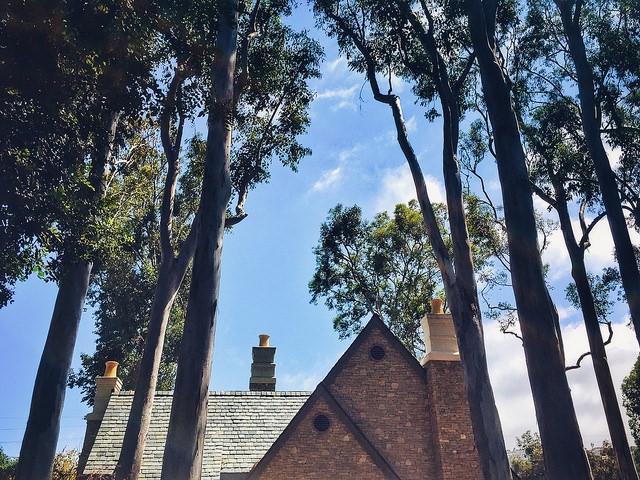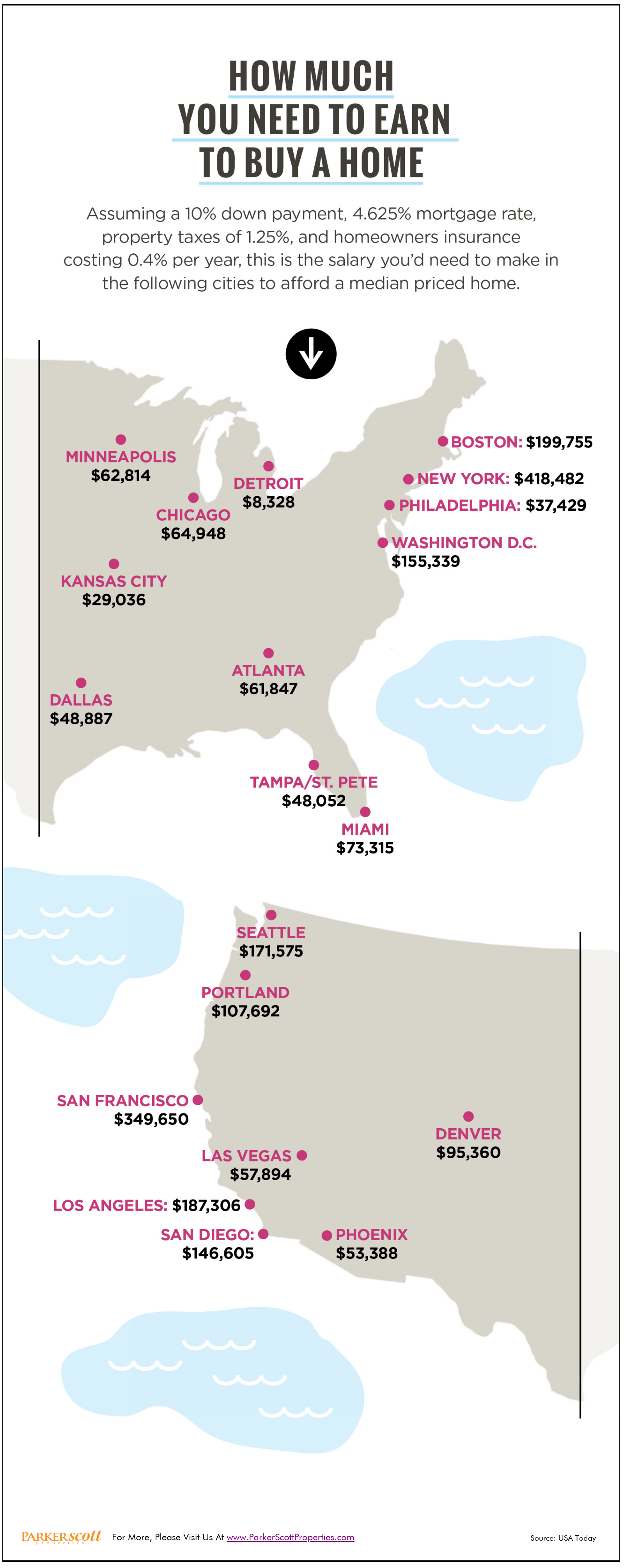Hurricane Michael: Savannah’s Talmadge Bridge closing to all traffic Wednesday night
Talmadge Bridge, which connects Savannah to South Carolina’s Lowcountry, will be closed to all traffic starting at 9 p.m. Wednesday, according to the Georgia Department of Transportation.
Anticipated “gale-force winds” related to Hurricane Michael will make the bridge dangerous for drivers, the agency said in a news release.
“Motorists attempting to navigate vehicles across the bridge in conditions with the high wind levels anticipated from Hurricane Michael may not be able to properly control the vehicles. The bridge is being closed for the safety of the public,” the news release said.
After the storm passes, the Talmadge Bridge will be inspected, so a reopening time was not available, officials said.
Which Cities Have The Country’s Biggest Houses?
When looking for a house to buy, you aren’t necessarily always looking for the biggest house. After all, the size of the home you choose will be determined, in part, by things like the size of your family, storage needs, how many bathrooms and bedrooms, etc. Mostly, though, it’ll be determined by your budget. Because, when it comes down to it, we all would like a little more space. For that reason, a recent study looked at the largest 45 cities in the country and calculated the median home size and cost per square foot, in an effort to figure out which cities have the biggest homes and which give buyers the most space for the best price. The results show that the South has the biggest homes, with three of the top five cities located in Texas. In fact, Houston was the city with the largest median home size at 1,952 square feet, with Atlanta, Washington DC, Dallas, and Austin rounding out the top five. Southern cities also tend to have a lower price per square foot. For example, while Houston has the biggest homes, the median price per square foot was $100. By comparison, cities like San Francisco, Boston, and Denver have smaller homes but higher prices, mostly due to the fact that the housing stock in those areas is older. More here.
Remodeling Index Finds Home Repairs On The Rise
Maintenance is a big part of being a homeowner. Put simply, owning a home means having a never-ending to-do list and, depending on your level of know-how, some of it will require the help of a professional. These jobs can range from major renovations such as putting an addition on your house to basic upkeep and repairs like having ducts cleaned and fixing leaks. Essentially, you are your home’s temporary caretaker and how well you take care of it will affect not only how comfortable and enjoyable your home is to live in but also how much you can ask for it when you sell. These days, it seems Americans are increasingly interested in fixing up their homes. In fact, newly released data from the National Association of Home Builders shows home remodeling contractors are busy right now. So what kind of jobs are most in demand? Well, results show demand is highest for basic maintenance and repairs, while additions and alterations – both major and minor – saw slight declines during the second quarter. In short, Americans are tackling their to-do lists and fixing up their homes. This could be due to improved economic conditions and a stronger job market, though it may also be that current homeowners are tending to their homes in hopes of listing them someday soon. More here.
Sales Trail Hot Summer Housing Market
The National Association Of Realtors’ most recent Pending Home Sales Index shows that the hot summer housing market has not deterred hopeful home buyers from looking for a house to buy. But though there is a high level of demand from buyers, supply issues continue to hold back sales numbers. In fact, the index found that the number of contracts to buy homes signed in May was essentially flat from the month before. Lawrence Yun, NAR’s chief economist, says sales are being hurt by low inventory but recent news that new home construction hit a 10-year high should be encouraging to prospective buyers. “Several would-be buyers this spring were kept out of the market because of supply and affordability constraints,” Yun said. “The healthy economy and job market should keep many of them actively looking to buy, and any rise in inventory would certainly help them find a home.” Regionally, results were mixed, with the Midwest, Northeast, and West all seeing modest increases, while the South saw a 3.5 percent drop. Pending home sales numbers are an important indicator, as they cover contract signings and not closings, which means they often foreshadow upcoming sales data. More here.
How To Keep Your House Cool This Summer
Where Are The Fastest Growing Luxury Markets?
When shopping for a house to buy, it’s hard not to fantasize about the homes just out of your price range. Regardless of what you plan to spend, it’s fun to imagine buying a house even bigger, nicer, and more feature filled than the ones within your reach. And, with the Internet, it’s easier than ever to steal a glance inside the nicest homes in the area. In fact, you can shop real estate in any area. But, while we’re all familiar with famous luxury markets such as Beverly Hills or Aspen, Colo., what are the nation’s lesser-known, up-and-coming luxury markets? Well, according to a new index from the National Association of Realtors’ consumer website, East Coast house hunters looking for a warm weather getaway have propelled Sarasota and Collier counties in Florida to two of the top five spots on the list of fastest growing luxury markets. Other areas that made the list include counties containing Castle Rock, Colo., San Jose, Calif., Queens N.Y., Seattle, Jersey City, and Redwood City, Calif. But, if you’re planning a move to one of these hot spots, you have to move fast as they all have seen 10 to 20 percent price increases over the past year. More here.
How Much You Need To Earn To Buy A Home

Changes Come To The Luxury Home Market
The high end of the real estate market has followed a different path since the financial crisis and housing crash. But while the luxury home market was able to avoid some of the ups-and-downs the rest of the market has endured, things are beginning to change. In fact, one recent analysis shows the number of homes for sale priced at or above $1 million dollars fell significantly during the first quarter of this year, as compared to the year before. And, if inventory continues to drop, the luxury home market could see some of the spiking prices and competition for available homes that buyers have found in more affordable price ranges. However, those this may be true, the effects have, so far, been far more muted than in the overall market. For example, the average luxury home was on the market for 82 days during the last quarter. That’s faster than the same time last year but much longer than the overall average. For comparison, the National Association of Realtors’ most recent numbers show the typical existing home was on the market for just 30 days, with 50 percent of homes sold in less than a month. More here.

